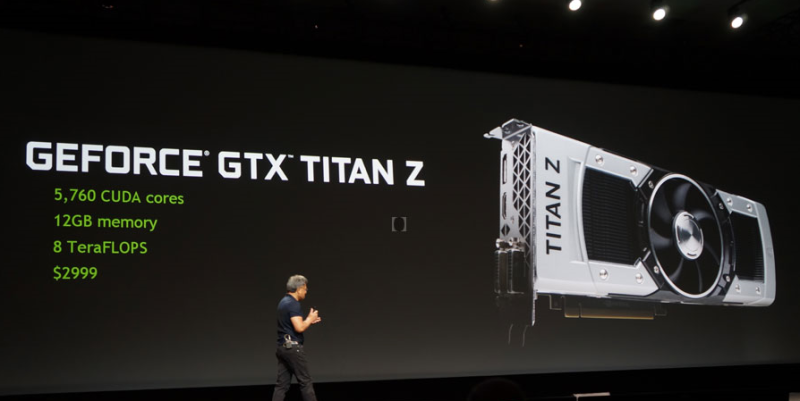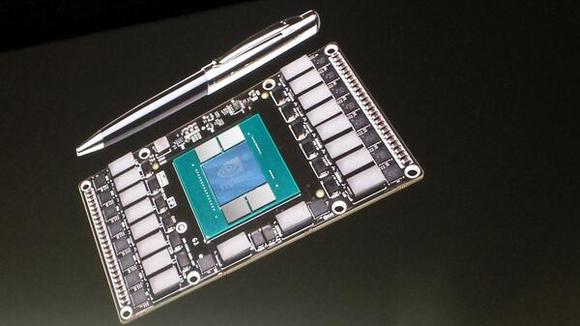Nvidia is pushing the boundaries of graphics yet again with a few major announcements. The company has unveiled its next-generation Titan card called Titan Z which costs a cool $3000.
Among the key announcements made by Nvidia at its Tuesday event, the company has revealed its next GPU called Pascal. Nvidia is hailing Pascal as a huge step forward because it essentially combines the PCI Express Bus and 3D memory technology in an all-new way.
Typically, vendors pack more pins in high-end GPUs to boost performance to a certain extent. But there is a limit to how far this limit can be stretched and there comes a time when the clock speed and correspondent heat generation becomes too much to be manageable. So Nvidia has sought out a different solution.
According to the company’s chief executive, Jen-Hsun Huang, the new solution is NVLink. It is essentially a combination of the PCI Express and the 3D memory. It is able to provide a performance which is five to twelve times more than that of a normal PCI Express Bus. And thanks to this solution, GPUs will be able to handle 1000 times greater memory bandwidths, claims Huang.
The best part is that the NVLink will be immensely helpful in ramping up the performance of GPUs as well as the interconnection of GPUs with each other. Scaling and handling very high bandwidth is a key problem resolved by this new contraption.
With the high-performance NVLink, Nvidia hopes that big data crunching that is currently happening in various fields of science, gaming and economics, will finally be possible without any GPU-end limitations. At its event, Nvidia was able to demonstrate some really heavy and impressive performance pulled off by the new GPU.
However, the new Titan Z is quite expensive and costs $3000. It must be noted here that the kind of technology offered by this GPU has been far more expensive conventionally, and typically unavailable to individual users. Titan Z comes with 5760 CUDA cores which contain two Kepler cores, 8 teraflops of computing power and 12GB of memory. It will also be a power hog, chugging away at 2000 watts.
The company showed off a number of other new products at the event. These include Iray VCA, a remote server which turns the rendering time of graphics-related files from hours to minutes. The big question for Nvidia, though, is whether or not there’s a scope of this technology beyond the pale of PC. On that question, rests are the fate of the tech giant.
Courtesy: PC World
[ttjad keyword=”graphics-cards”]


